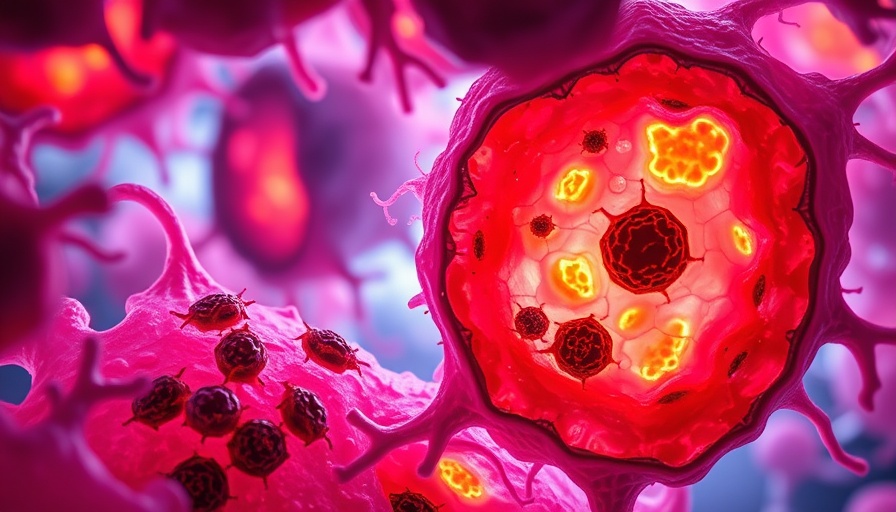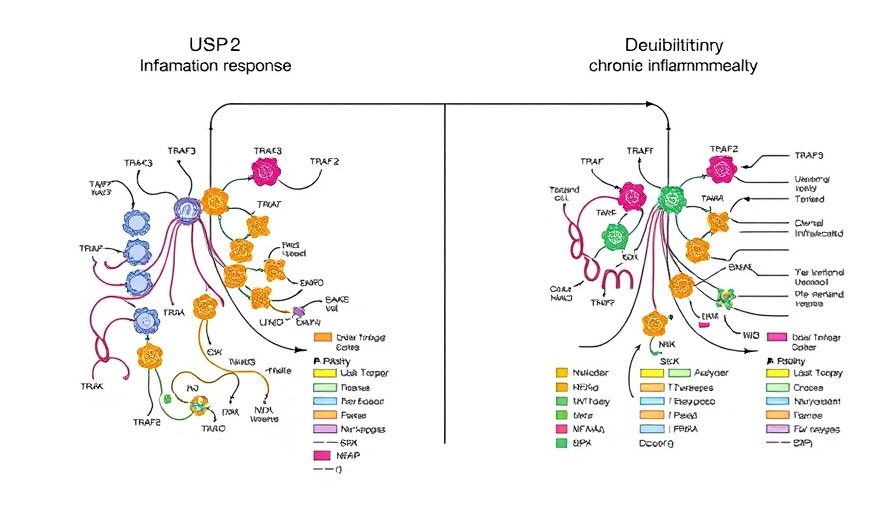
Understanding Mitochondrial Dysfunction in Diabetic Ulcers
Mitochondrial dysfunction is a critical contributor to the pathogenesis of diabetic ulcers, often leading to inadequate cellular repair and a slowed recovery process. As energy-producing organelles, mitochondria play a vital role in cellular health by regulating metabolic demands and facilitating wound healing. When these cellular powerhouses fail, the implications can be severe, particularly in individuals with diabetes, where compromised mitochondrial function exacerbates wound healing difficulties.
The Role of Mitochondrial Function in Cellular Health
Healthy mitochondrial function is crucial for cellular rejuvenation and vitality. Mitochondria not only provide the necessary ATP for energy but are involved in regulating apoptosis, maintaining cellular integrity, and promoting cellular repair mechanisms such as autophagy. The degradation of damaged cell components through autophagy is essential for maintaining cell health and longevity. Research indicates that supporting mitochondrial function through NAD+ boosters, stem cell therapy, and regenerative medicine could enhance cellular repair processes and mitigate age-related decline.
Cellular Repair and Its Importance in Wound Healing
In the context of diabetic ulcers, the ability of cells to repair themselves is paramount. Initiating cellular repair can facilitate quicker healing, reduce inflammation, and improve outcomes in patients suffering from chronic wounds. Studies suggest that targeting mitochondrial function can enhance this repair process. For example, the application of NAD+ boosters has shown promise in revitalizing mitochondrial health, potentially increasing the body's energy levels and reinforcing its natural healing processes.
Innovative Therapeutic Strategies: Mitochondrial Targeting
Emerging treatment strategies in regenerative medicine are harnessing the potential of mitochondrial-focused therapies. By employing targeted therapeutic approaches, such as antioxidants that combat oxidative stress and enhance mitochondrial activity, researchers are beginning to unlock significant advances in treating persistent diabetic ulcers. Stem cell therapy, particularly, offers a dual benefit: improving local microenvironment conditions while also promoting cellular rejuvenation and senescence reversal. The interplay between cellular rejuvenation and effective wound healing illustrates the tremendous potential these innovations hold for diabetic patients.
Looking Ahead: Future Predictions and Opportunities in Mitochondrial Research
The field of mitochondrial research is rapidly evolving, bringing forth exciting possibilities for enhancing cellular health and effective treatments for diabetic ulcers. As our understanding deepens, we foresee a greater integration of biotechnology with cellular rejuvenation strategies to amplify the body's innate healing capabilities. Ongoing studies are likely to yield novel insights and therapies that not only target diabetic ulcers but also broader age-related ailments, positing mitochondrial health at the forefront of regenerative medicine.
Conclusion: Why Maintaining Mitochondrial Function Matters
The intersection of mitochondrial function and cellular health presents a unique landscape for health-conscious individuals seeking to prolong vitality and stave off age-related issues. By embracing advances in mitochondrial research, we can better understand how to enhance our overall health trajectory. Individuals interested in cellular rejuvenation may benefit from integrating knowledge about NAD+ boosters, autophagy, and regenerative therapies into their health strategies. A commitment to supporting mitochondrial function could be key to fostering longevity and improving quality of life, particularly for those managing chronic conditions.
 Add Row
Add Row  Add
Add 




Write A Comment